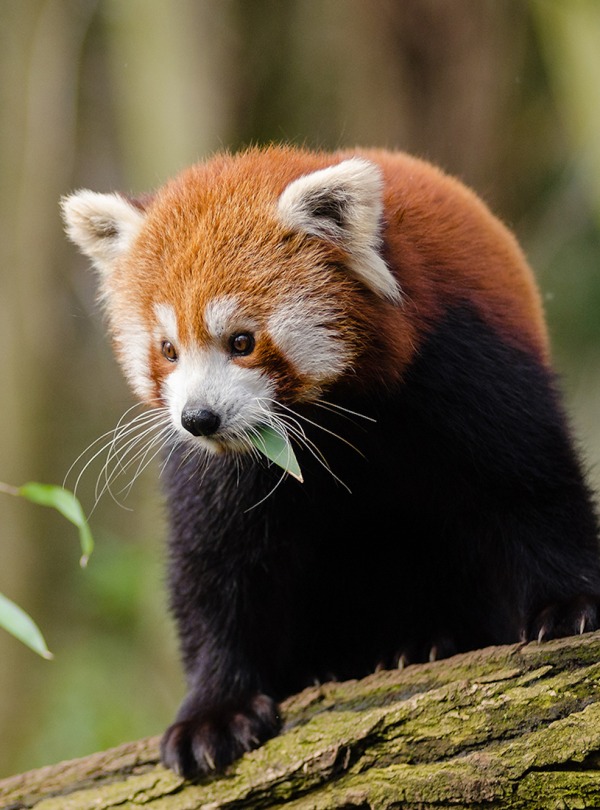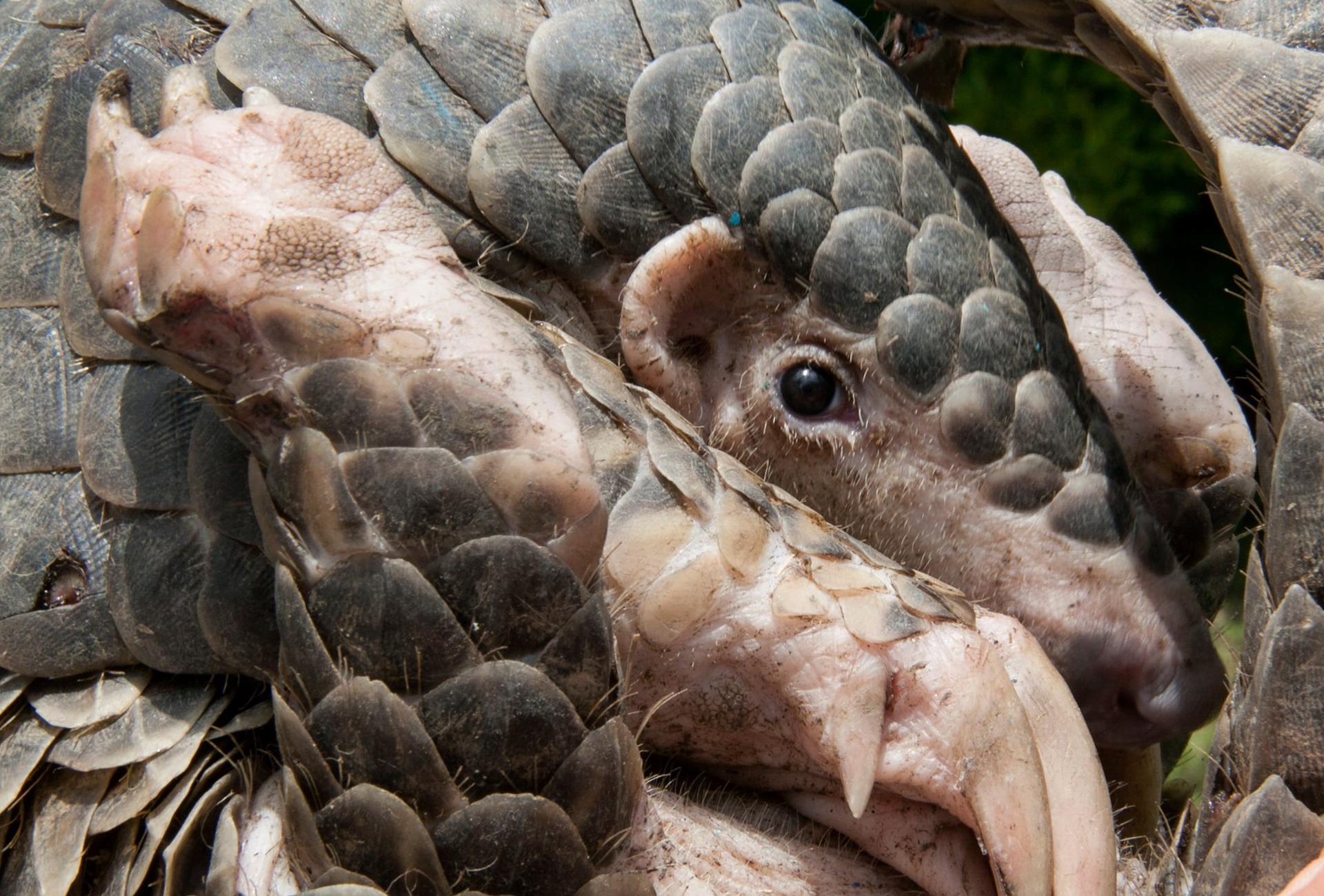
Save the Critically Endangered Bengal Florican and Elongated Tortoise in Nepal
Support more work like thisSupport more work like thisOver 60 threatened species depend on the rich and biodiverse ecosystems of Southern Nepal for their survival.
-
Species at Risk
Bengal Florican (CR), White-rumped Vulture (CR), Indian Vulture (CR), Chinese Pangolin (CR), Elongated Tortoise (CR), Leith’s Softshell Turtle (CR), Ganges River Dolphin (EN)
-
Carbon stored
12,273,106 mT*
*(metric tons of CO2 equivalents) -
Partner
KTK-BELT
-
215,859 Proposed Acres Conserved by
Designation
-
Project Cost: $1,779,731
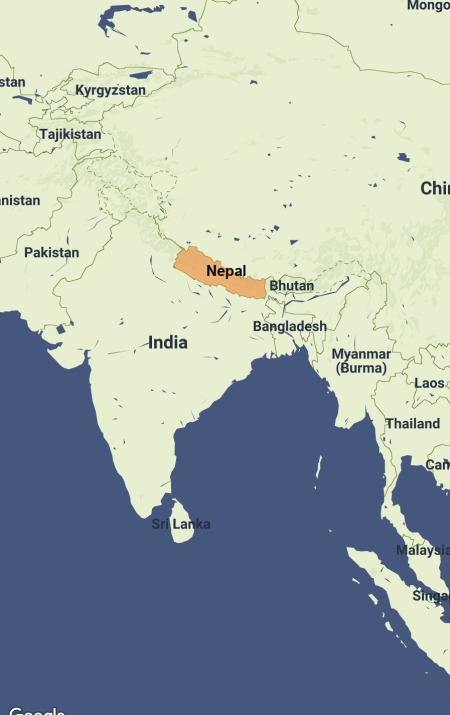
215,859
Over 60 threatened species depend on the rich and biodiverse ecosystems of Southern Nepal for their survival.
-
Species at Risk
Bengal Florican (CR), White-rumped Vulture (CR), Indian Vulture (CR), Chinese Pangolin (CR), Elongated Tortoise (CR), Leith’s Softshell Turtle (CR), Ganges River Dolphin (EN)
-
Carbon stored
12,273,106 mT*
*(metric tons of CO2 equivalents) -
Partner
KTK-BELT
-
215,859 Proposed Acres Conserved by
Designation
-
Project Cost: £1,338,143

215,859
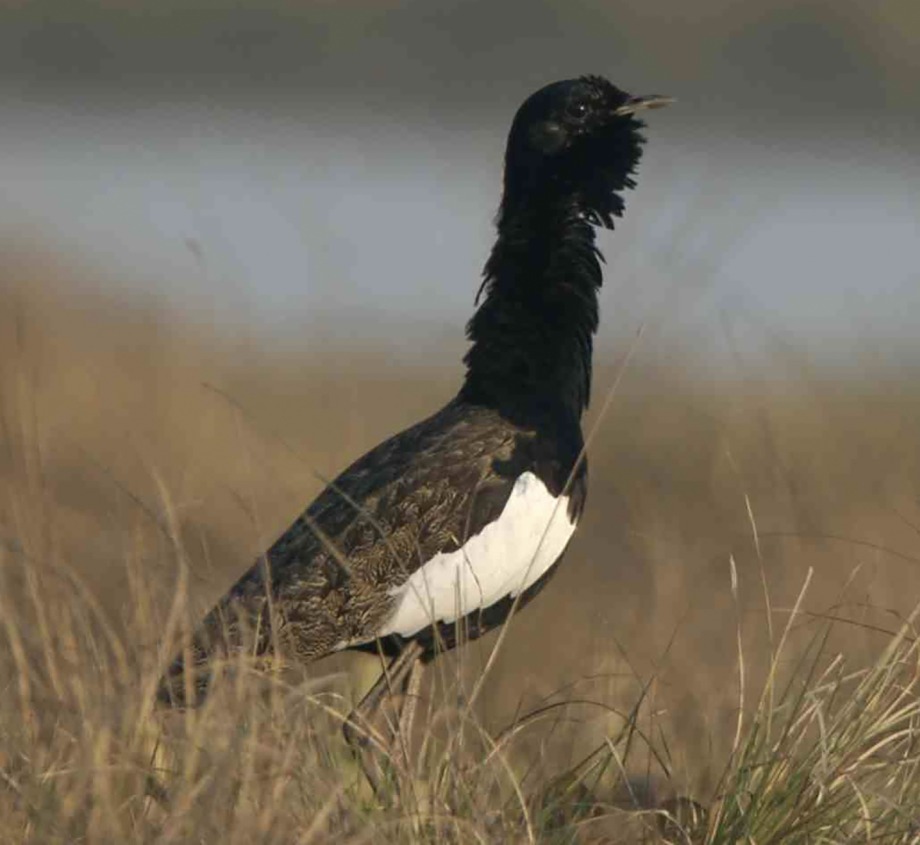
PROJECT UPDATE
Rainforest Trust and our partner, KTK-BELT, are happy to announce the protection of 108,493 acres, and the partner is in the process of pursuing additional acres in a third municipality.
The Terai Jungle is home to many threatened species, including the Critically Endangered Bengal Florican, a bustard with global numbers estimated at less than 1,000. The Critically Endangered Elongated Tortoise is equally at risk from loss of habitat, mass harvesting for food and religious purposes, and the pet trade. The Critically Endangered Chinese Pangolin also depends on this ecosystem for its survival.
Rainforest Trust and our local partner, KTK-BELT, are working to protect a 215,859-acre swath of wetlands and lower montane habitat here. This area will be designated as an Indigenous Community Conservation Area. It is the capstone to projects conducted in the region over the past four years and completes a 648,000-acre wildlife corridor from the Koshi Tappu floodplains to the third tallest peak in the world, the 28,169-foot Mt. Kanchenjunga.
Watch the recording of Rainforest Trust’s Field Journal: Nepal—Conservation in a Vertical World
Did you know?
Threatened Species Live Within the Proposed Area
Explore the Terai Jungle of Nepal
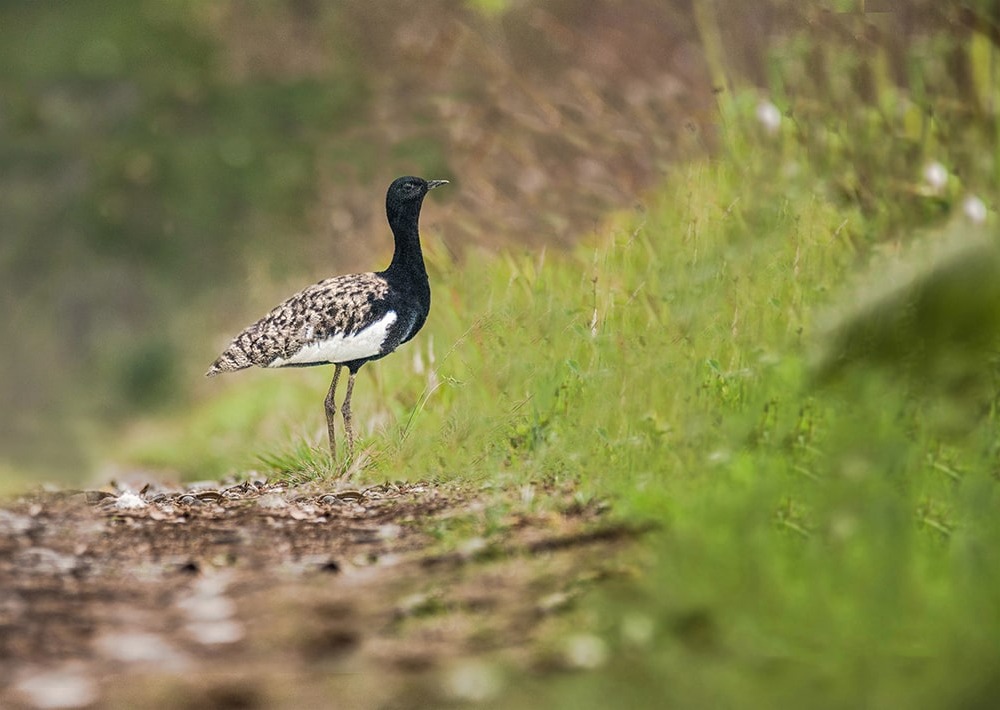
The Bengal Florican, by Nejib Ahmed
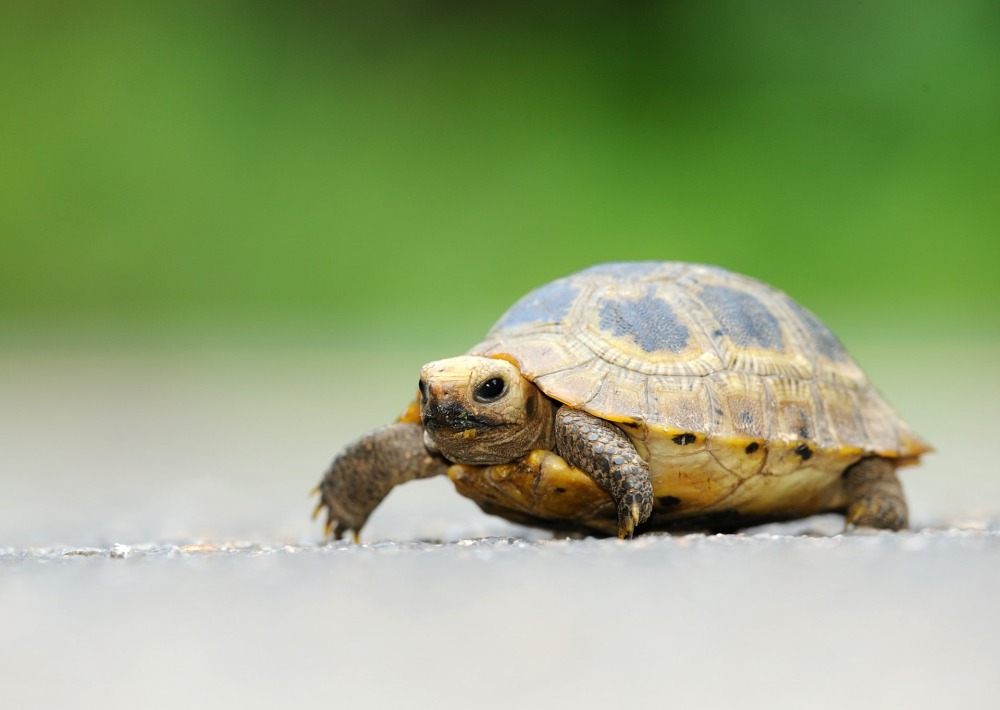
The Elongated Tortoise, by tontantravel
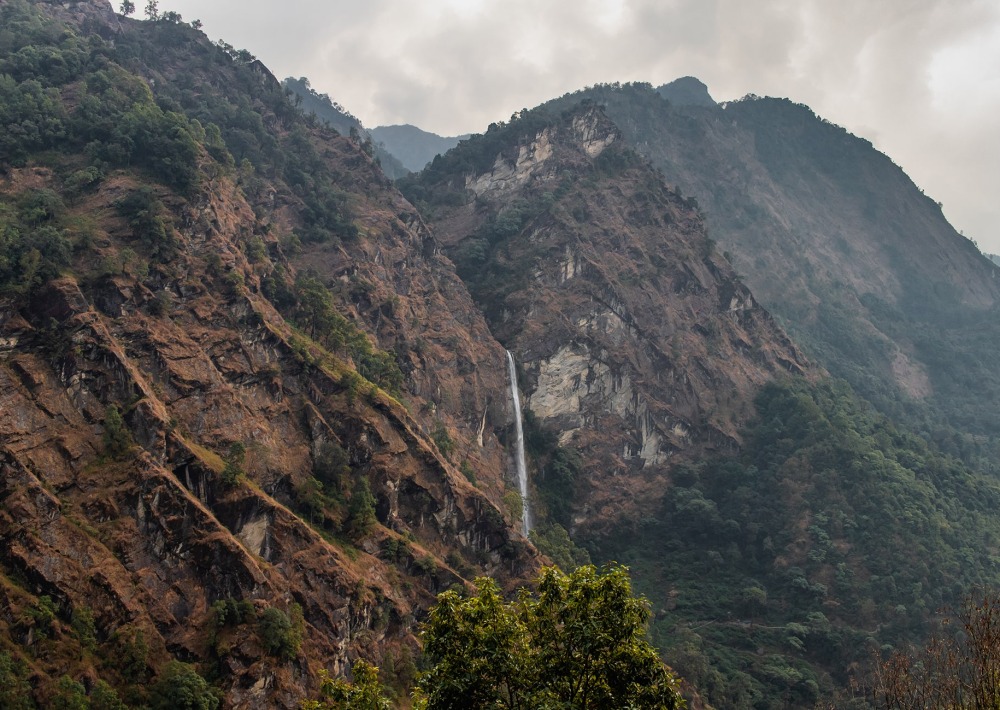
The Fangfangden waterfall, courtesy KTK-BELT
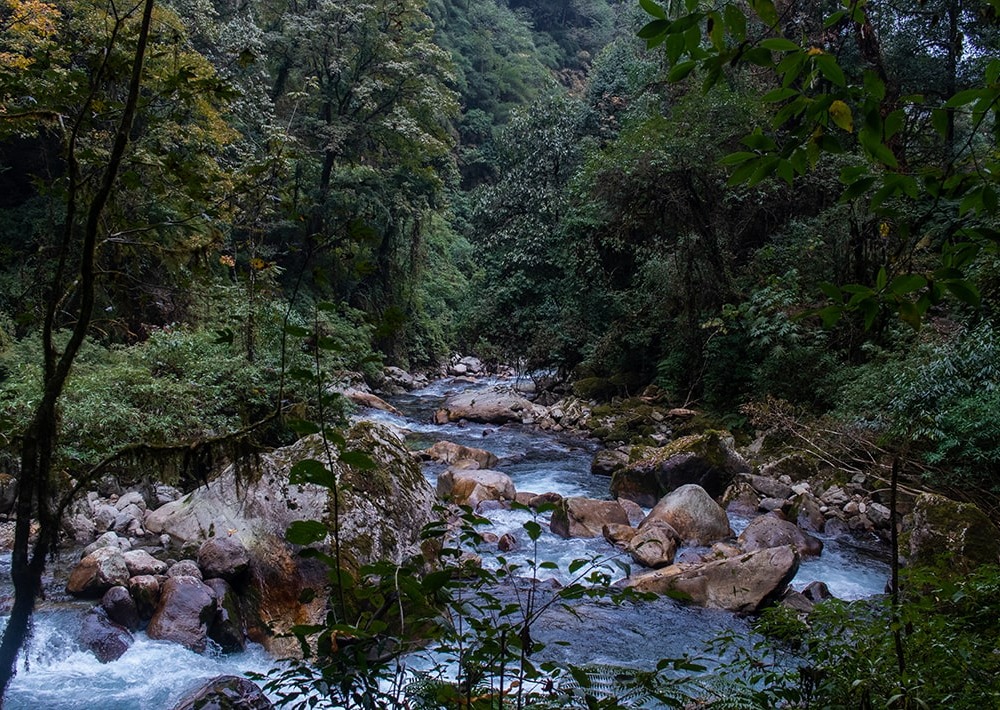
Siwa Khola spring, courtesy KTK-BELT
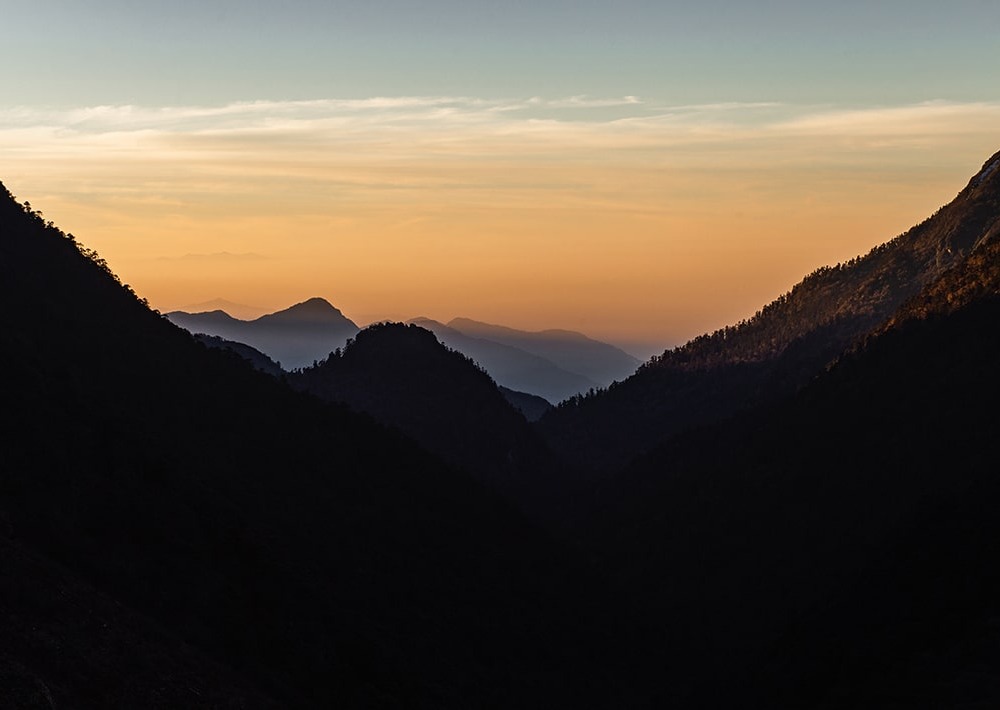
Temperate forests in the Tokpegola landscape, courtesy KTK-BELT
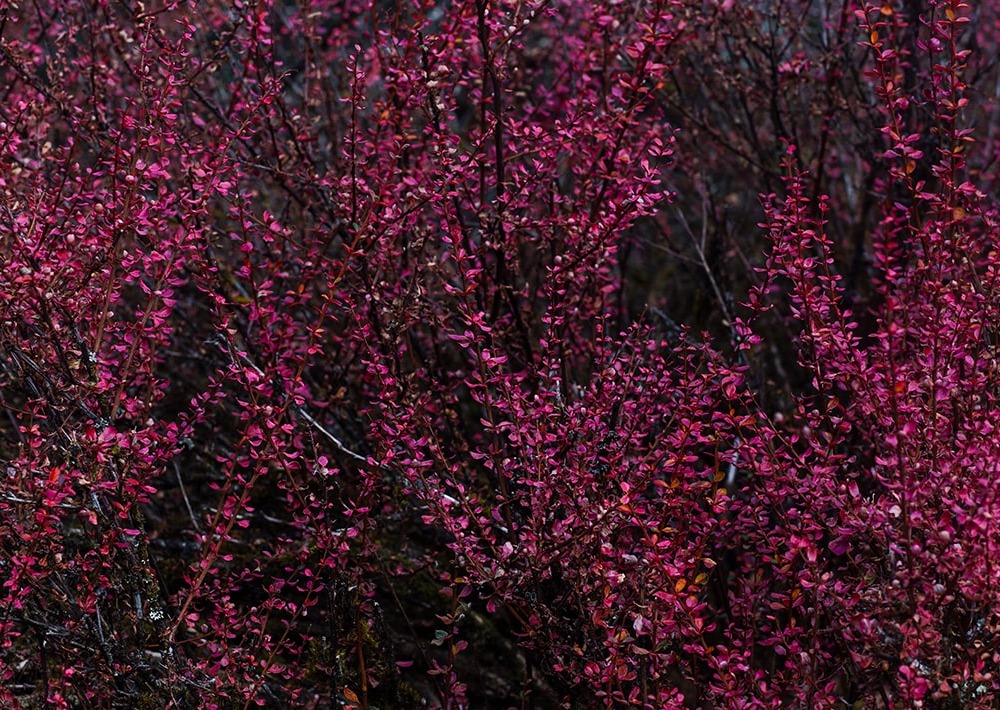
The Berberis, a major component of the sub-alpine shrublands, courtesy KTK-BELT
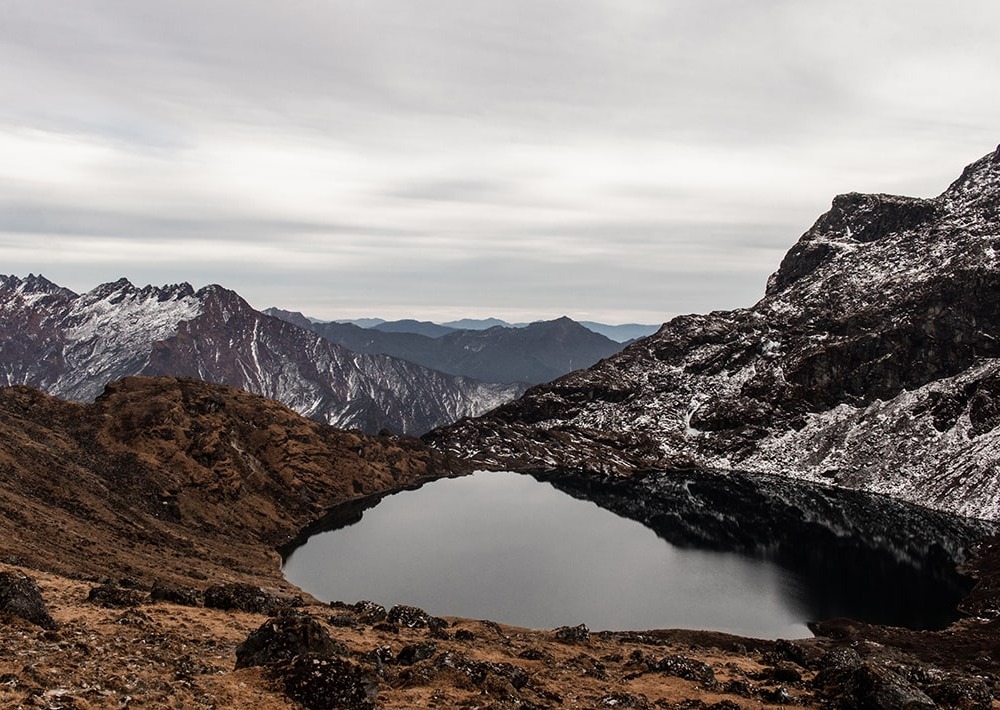
The Kanchha Pokhari landscape, courtesy KTK-BELT
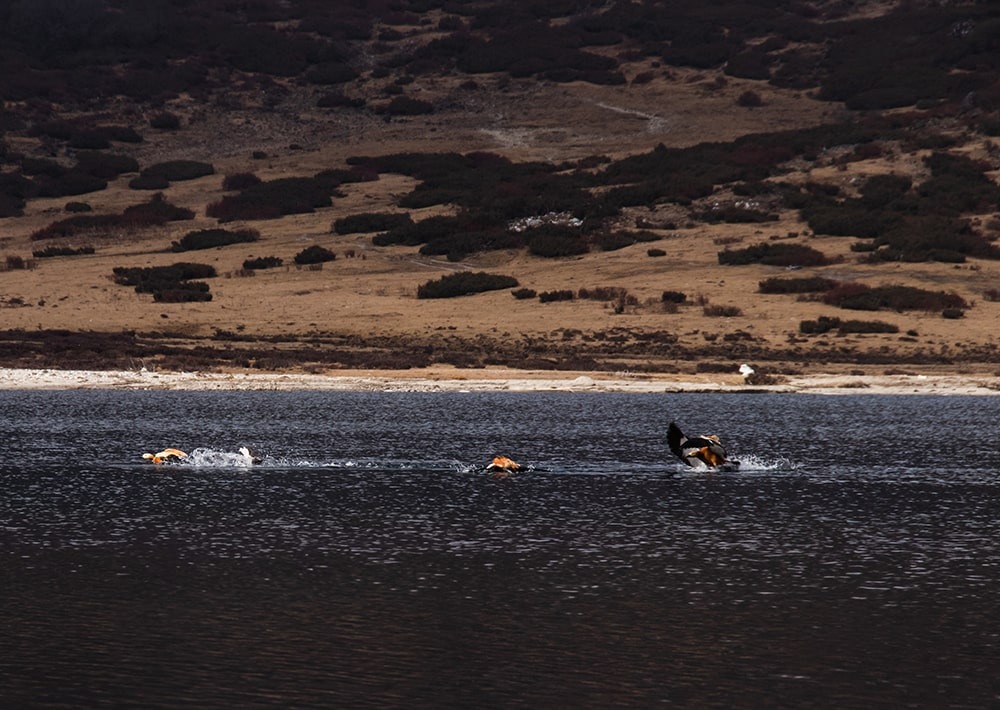
Ruddy Shelduck in the Sodhu Pokhari landscape, courtesy KTK-BELT
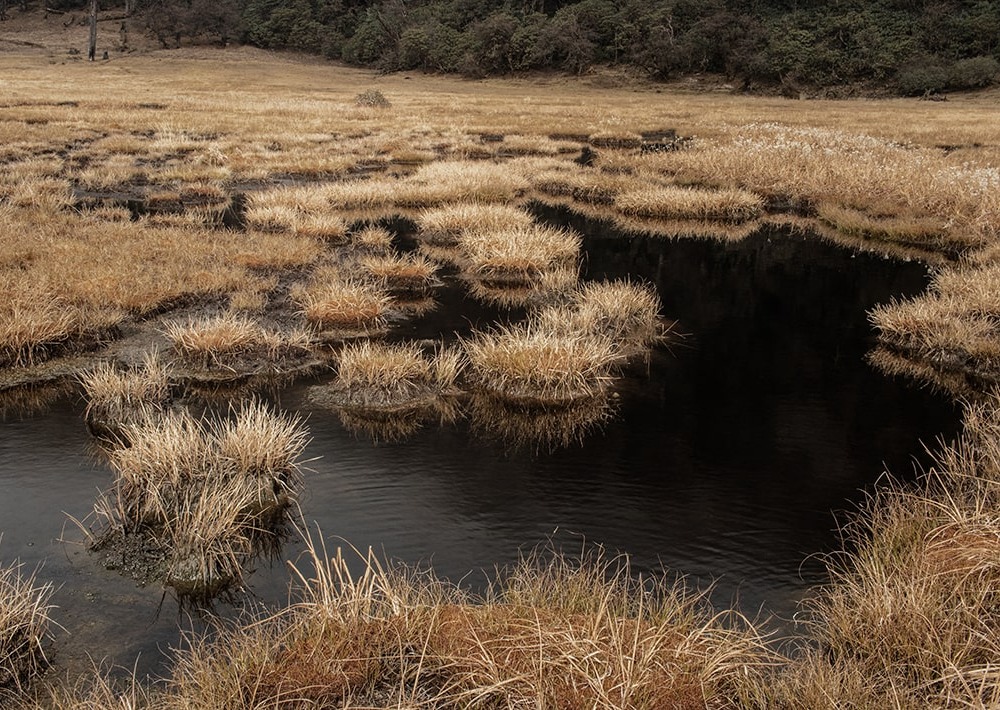
Yumikma Lake, a high-altitude peatland in Tokpegola landscape, courtesy KTK-BELT
Help Migratory Species Adapt to Climate Change
More than 60 threatened species inhabit the rich and biodiverse ecosystem found in Southern Nepal. The grasslands, wetlands and forests of the Terai Jungle progress up a short, steep climb to the snow-capped Himalayas.
The steep incline of this area will help migratory species like the Bengal Florican (CR) and others self-regulate against the impacts of climate change in the Himalayas. Establishing these “vertical reserves” is a top conservation priority in Nepal. Climate conditions here range from hot and humid tropical regions of tall grasses to high-altitude lakes and areas of snow cover.
Stop the Destruction of Important Habitat
Between 2001 and 2021, 8% of Nepal’s total tree cover loss occurred in humid primary forests. Increased road construction without corridors for wildlife has also led to landslides here.
This wildlife corridor will be the first of its kind in the Himalayas and will be replicable elsewhere in the country.
Our local partner in Nepal, KTK-BELT, discusses their efforts to safeguard a variety of landscapes and species habitat through the seven projects that make up their Vertical University.
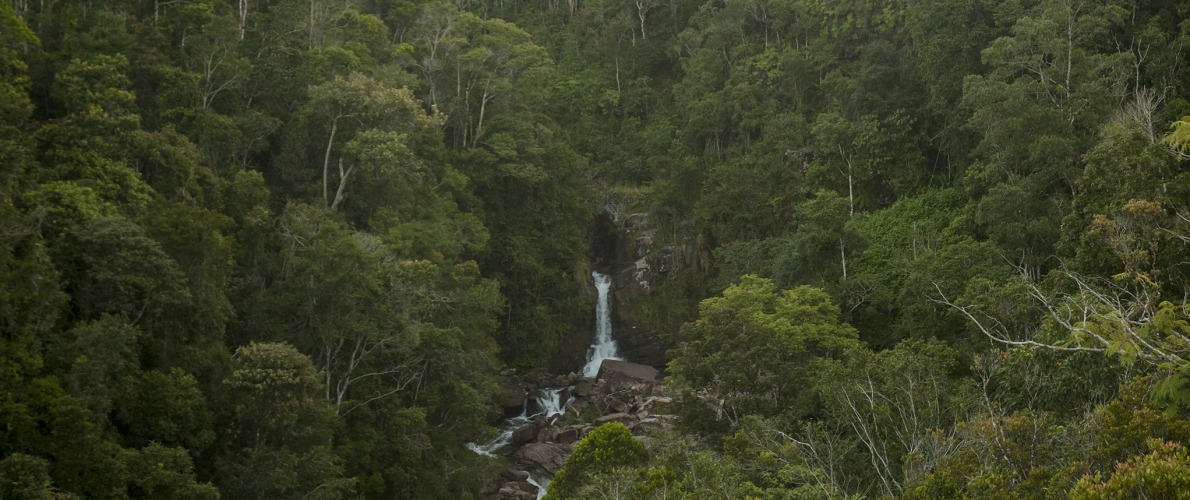
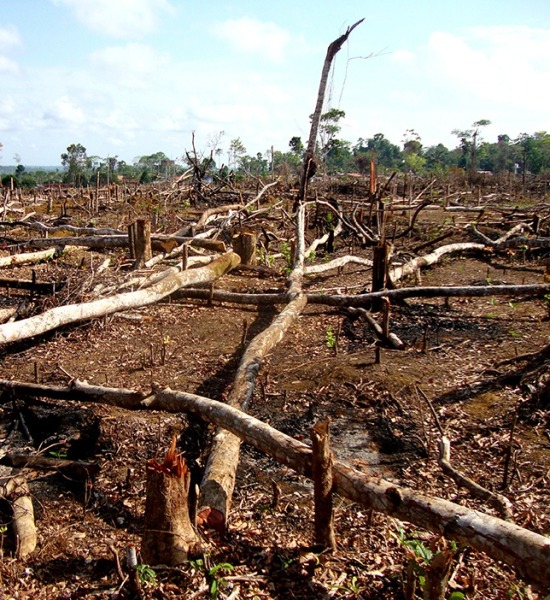
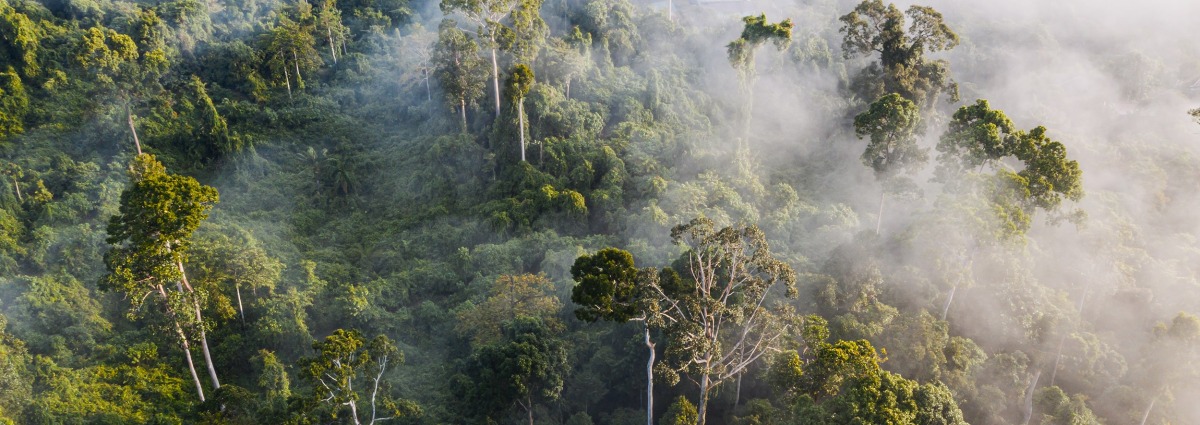

We Value Transparency.
Conservation work is critical, challenging, and can be costly. We work hard to ensure we raise only the funds needed for each project. In the rare case we raise more money than needed or a project comes in under budget, excess monies will be transferred to the Conservation Action Fund. This fund supports our important conservation work throughout the tropics.
Learn more about the Conservation Action FundLearn more about the Conservation Action Fund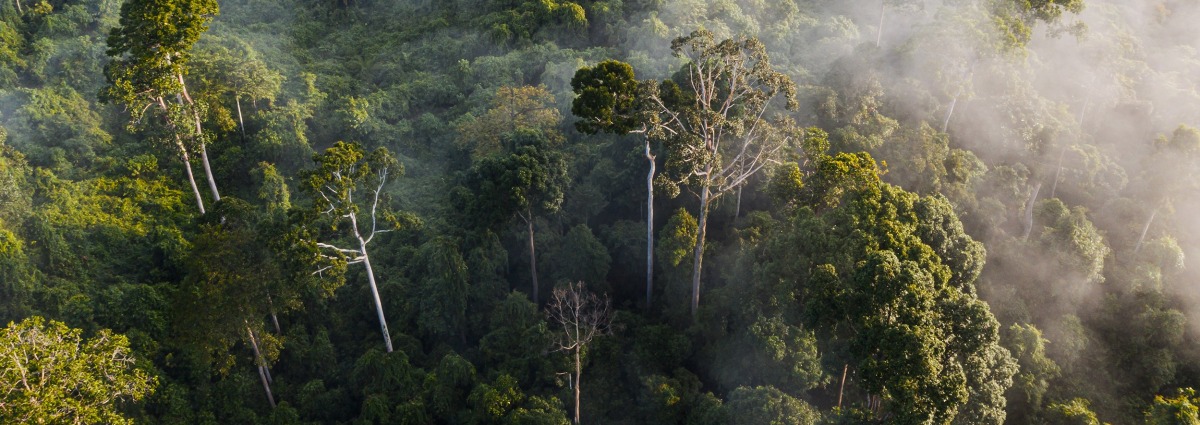
Partnering to Save Rainforest
Our partners’ ability to work with their governments and build strong connections with local communities ensures the successful implementation of our projects.
Learn More About This PartnerLearn More About This Partner
